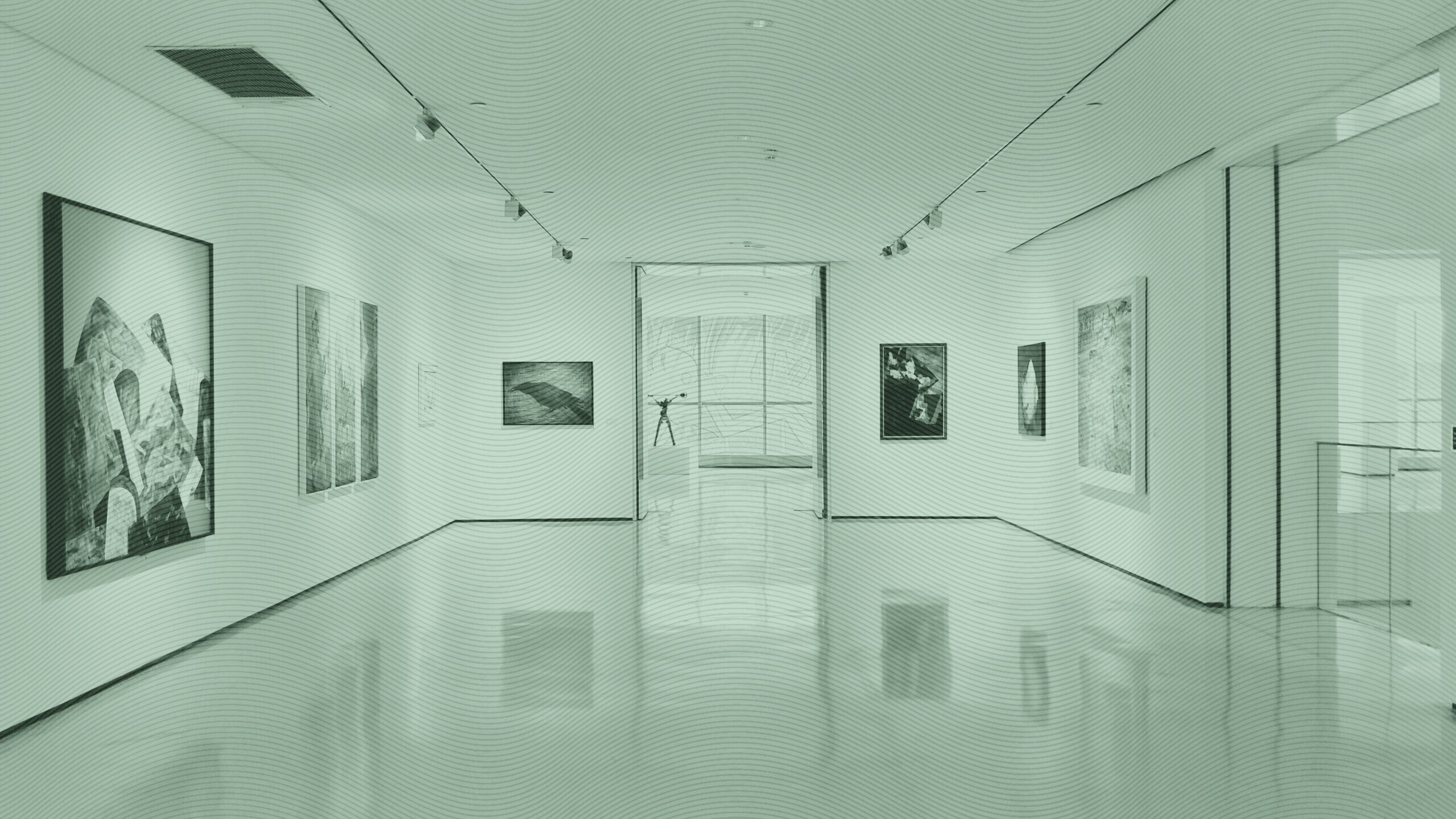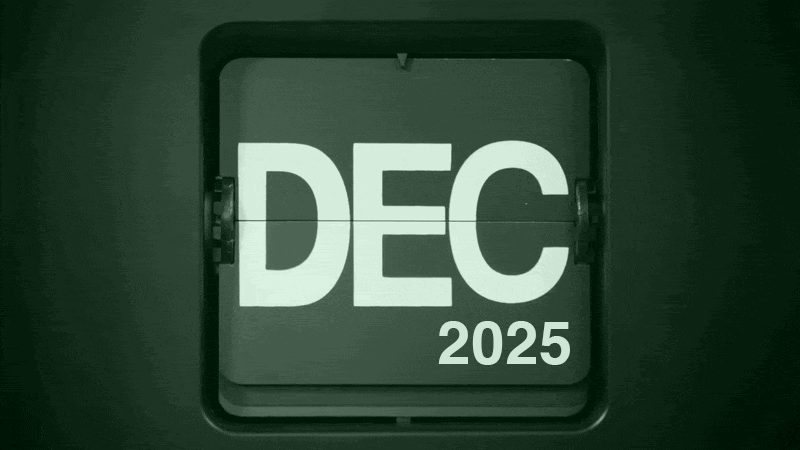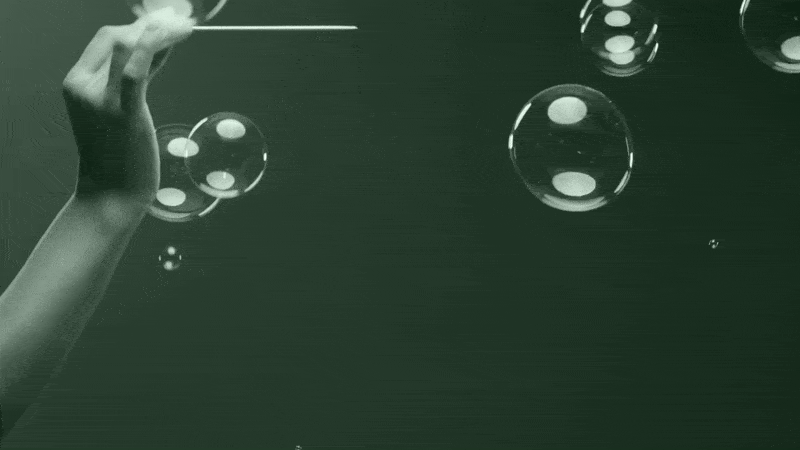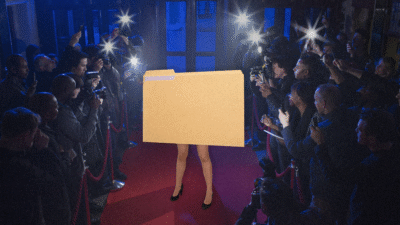Art Might Be Beautiful, but Where Does it Fit in Portfolios?
Just like sports memorabilia and Pokémon cards, art is a risky venture that most clients probably shouldn’t touch.

Sign up for market insights, wealth management practice essentials and industry updates.
A picture is worth 1,000 words. But how much is that in dollars?
While some clients lean toward investment alternatives like private equity, gold or crypto, others are drawn to fine art, a niche market dominated by high-end collectors. Much like sports memorabilia or Pokémon cards, though, it’s a risky asset class that most should approach with caution. Advisors need to support the truly passionate while guiding others toward more suitable options.
“Art is objectively an asset and has value, but we’re not recommending buying a work because we expect it to go up in value,” said Matt Newton, art advisor specialist at UBS.
Art Class
Over the past two decades, innovations like algorithmic appraisals and art-backed loans have added a security-like feel to the asset class. Still, Newton noted, UBS doesn’t view art as an investment per se. “If clients approach buying art as an investment, they’re competing with people who are truly passionate about it,” he said.
That passion comes with plenty of unpredictability. The art market is driven by shifting tastes and popularity. “If you buy 100 artworks today of a range of contemporary artists, in 25 years, probably five to 10 of them will carry the vast majority of the value,” Newton said. Any money put into art should be considered spent, he added.
Blue Period. Despite its risks, high-end art saw a boom in 2022, with sales of pieces worth more than $10 million totalling nearly $4 billion that year, according to ArtTactic data cited by The Wall Street Journal. “A price couldn’t be too high for certain folks, and we saw a lot of new people enter the market,” Newton said. “It was a feeding frenzy.”
But the frenzy didn’t last:
- In 2023, sales of high-end art dropped to $2.2 billion. They fell even further in 2024 to $1.24 billion, the WSJ reported.
- And so far this year, sales have reached just $310 million.
While those figures may have some screaming like an Edvard Munch painting, Newton said it’s not the end of the world. “It’s not necessarily that the value of work has dropped so much, but it’s just that there’s not as much transactions going on, period,” he said. “The buyer appetite is still there.”











